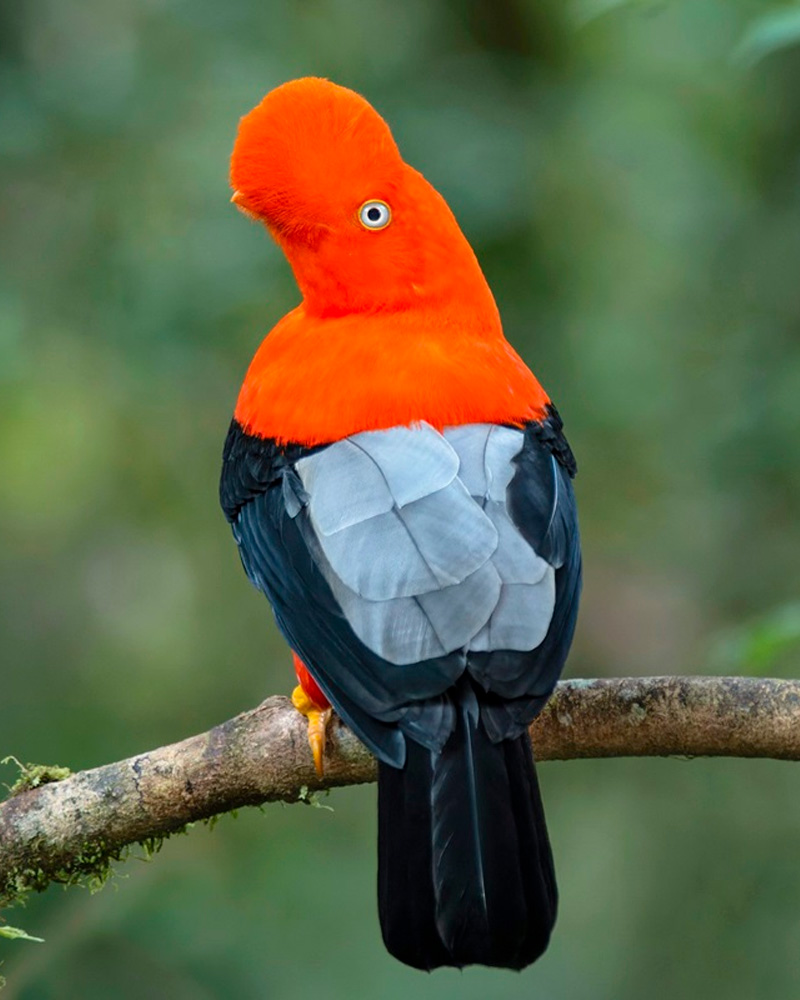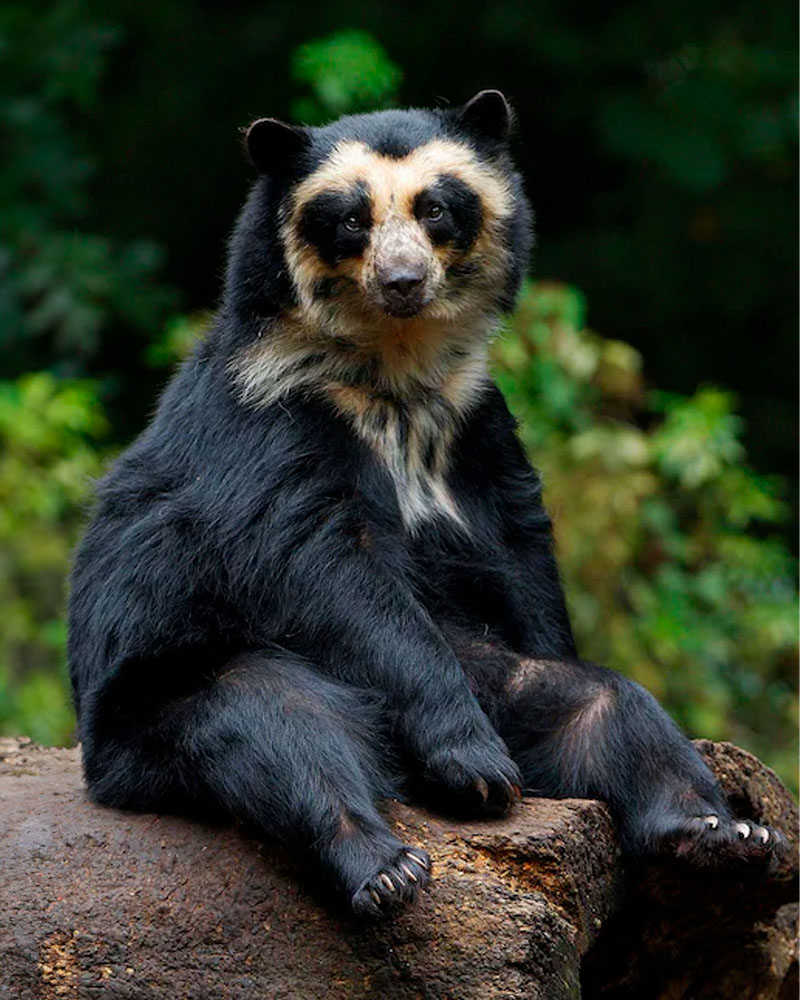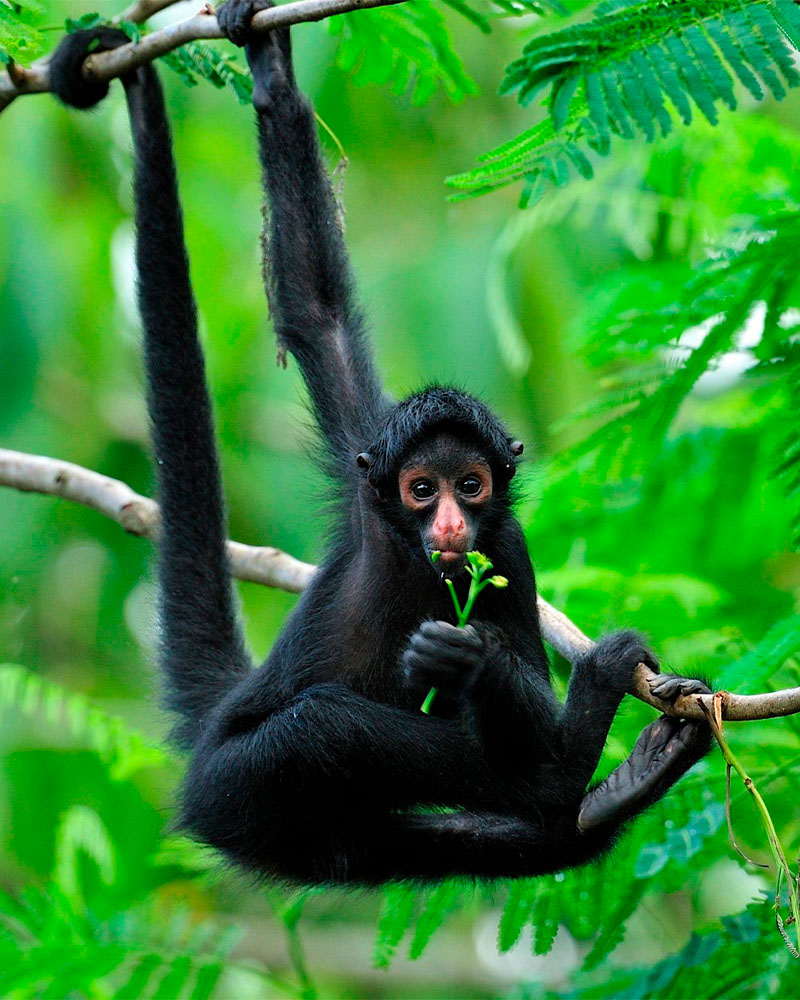
In the vast jungle of Cusco, a place of mystery and natural beauty is hidden: the Pongo de Mainique, considered one of the most impressive geographical wonders of Peru. This place stands out for its majesty and for the deep cultural meaning it holds for the native communities of the area.
Located in the province of La Convención, on the border of the districts of Echarati and Megantoni, this natural landscape is a sample of the power of Andean - Amazonian geography.
With its imposing rock formations, mighty waters, and an environment of virgin jungle, the Pongo de Mainique is presented as an ideal destination for those who seek adventure, nature, and a connection with the living history of the Amazonian peoples.
The Pongo de Mainique is a geological fault approximately 2 kilometers long and 45 meters wide, formed by the erosion of the waters of the Urubamba River over thousands of years. This narrow natural pass works as a gateway between the Upper and Lower Urubamba, which gives it a symbolic and cultural character for the local communities.
The water that flows through this impressive canyon comes from the snow-capped peaks near Cusco, feeding the Sacred Valley and extending for three kilometers until it reaches an approximate altitude of 450 meters. In addition, the Pongo de Mainique is part of the Megantoni National Sanctuary, a protected area that seeks to conserve the biodiversity, water resources and sacred territories of the native peoples, especially the Machiguenga people, for whom this place is considered a spiritual site.
According to myths and legends regarding the importance of the Pongo de Mainique for the Machiguengas (ethnic group that inhabits portions of the Peruvian Amazon), it is in this place that their culture originated, representing the historical link between the Andean world and the Amazonian. That is why for the Machiguengas the Pongo de Mainique is very important.
The Pongo de Mainique is located in the hydrographic basin of the Urubamba River, in the province of La Convención, Cusco region. Its exact location marks the natural border between the districts of Echarati and Megantoni, in the middle of a high jungle landscape that is surrounded by rivers, forests, and mountains.
From the city of Quillabamba you must take a vehicle in the direction of the Saniriato CP (approximately 5 hours of travel) when you arrive at this place you will have to take a boat in the direction of the Mainique pongo. Currently there are several transport companies that offer you the transport service to the CP of Saniriato and also the boat service with a tour of the Maenique pongo and the Yoyato river.
Hiring a tourism agency or local guide is one of the best alternatives to get to know this place since they will take care of the permits and logistical coordination to get to the place, if you do it in a private way it will be a bit complicated since these places do not have mobile lines or permanent established services (food, lodging, etc.
If you are an adventurous person, then we are sure that during your trip you will fully enjoy getting to know this beautiful and fascinating place, because this place is one of the few that still preserves its intact vegetation and this helps to connect better with nature, you will also be able to perceive the connection between the puna and the low jungle. Other wonders that you will be able to observe on your trip to Pongo de Mainique will be the diversity of wildlife such
 |  |  |
The tours to the pongo de Mainique that depart from Cusco are for several days.
The 4-day, 3-night tour that starts in Cusco and includes the Megantoni National Sanctuary costs between 400 and 600 dollars per tourist.
It is also possible to go on your own. For this, it is necessary to organize on your own: transportation Cusco – Quillabamba – Echarati – Ivochote. Also the rental of a boat with a local guide. Many tourists choose to camp on the banks of the river or in a local town.
The Pongo de Mainique has a humid and hot climate with temperatures that reach a maximum of 32ºC. and a minimum of 17ºC. The rains can occur in any month of the year. However, they are more frequent in December, January, February and March. It is in those months, the rainy season, that the waters of the pongo become dangerous.
The rest of the year, from April to November, it is advisable to visit it with a guide who knows the route well.
For all types of travel it is advisable to always take into account the following:
Peru offers unique experiences that show impressive landscapes, archaeological sites, and living traditions, attracting travelers who seek adventure and discovery in each region of the country. Get to know some of the most recommended trips to explore its diversity.
Inca Trail, Machu Picchu and more